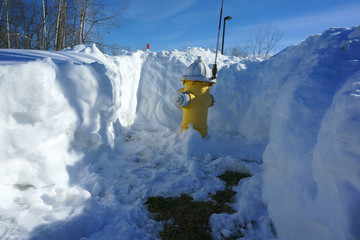Fire Safety at Home
Protect what you value most. Learn more about how to keep you and your family safe. Watch our fire safety videos that feature various step-by-step how-to videos on fire and life safety.
Starting January 1, 2026, the Ontario Fire Code is expanding its requirements for CO alarms in all homes (new and existing). Learn more.
Smoke alarms
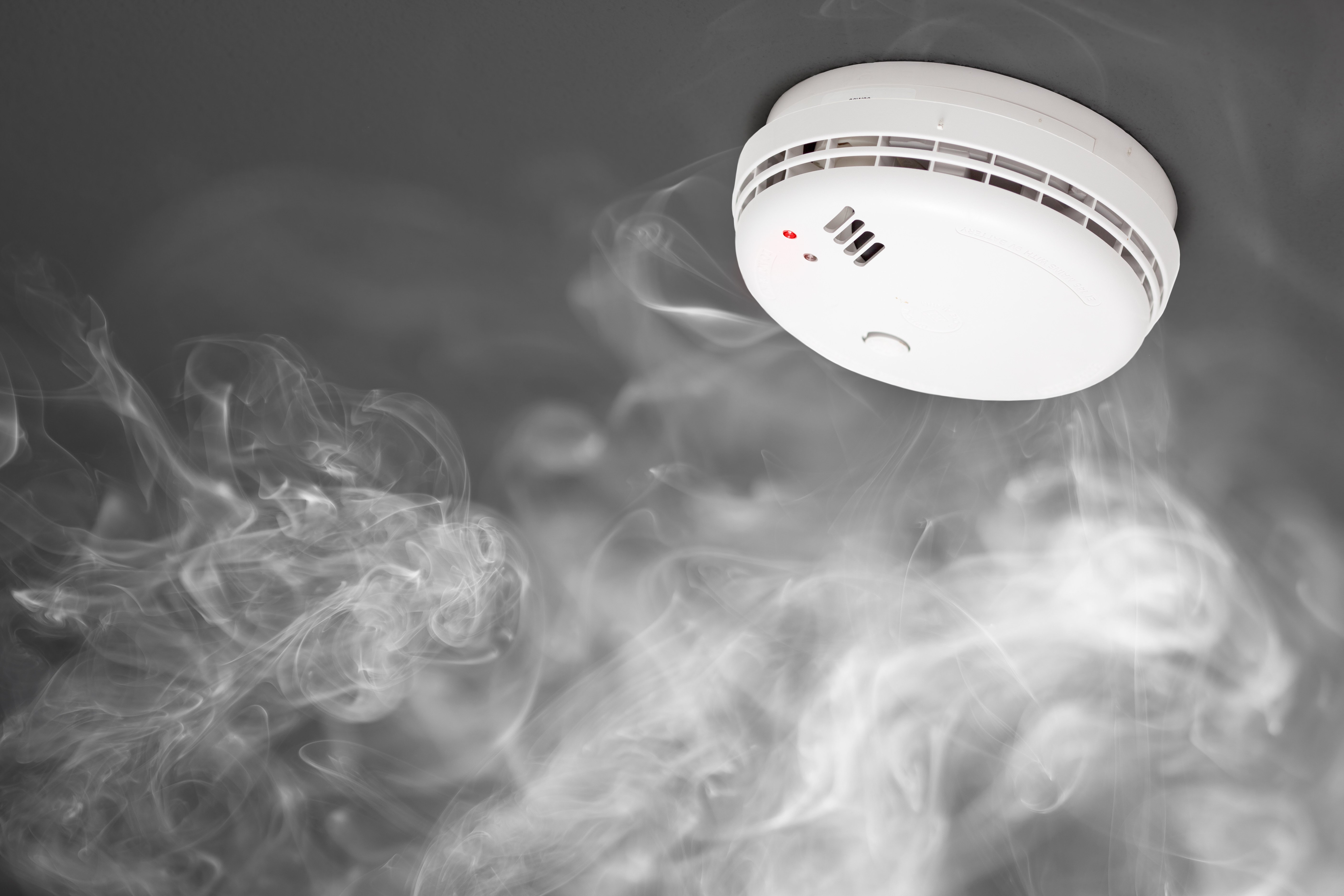
Smoke alarms help save lives in the case of an emergency. It is the law to have working smoke alarms:
- Outside all sleeping areas
- On every storey of your home
- Consider one for every bedroom
Failure to comply could result in a fine under the Ontario Fire Code.
If you have hard-wired alarms in your home, the units must be installed and/or serviced by a licensed technician/electrician.
If you are a tenant, your landlord, or property manager, is responsible for maintaining your alarms. Landlords/property managers are responsible for supplying and or replacing batteries, smoke alarms, and CO alarms where required. Please contact your landlord or property manager for assistance.
| Did you know? |
If you have a fire, or CO emergency, get everyone out of the house immediately and call 9-1-1 from outside your home at your safe meeting spot. |
| Maintenance for smoke alarms |
|
Follow these steps to make sure your smoke alarms are working at their best:
After 10 years, the smoke alarm has tested the air in your home 3.5 million times. The components inside the alarm can wear out and may not detect a fire as quickly. Most manufacturers require replacement, including hard wired (electrical) alarms, after ten years to ensure the best level of protection in your home. |
| Managing nuisance alarms |
|
Sometimes smoke alarms are accidentally set off, generally because of cooking activities or steam from the shower. To help this problem so that smoke alarms only go off when there is a real emergency:
|
| What to do if your smoke alarm goes off |
|
If your smoke alarm is in full alarm mode, alert others and evacuate to your family meeting place outside of your home. Do not re-enter your home and call 911 from a safe location. If the alarm is chirping, first check the area to try to detect the smell of smoke. If you are certain that no emergency exists, assess the number of chirps and the interval between chirps. Check the manual to determine the cause of the beeps. For example, an alarm may chirp once every minute to indicate the battery is in need of replacement, or once every 30 seconds for end of life notification. You can give us a call at 905-853-8842 and ask to speak with a Fire Prevention Officer if you need help with your smoke alarm. |
|
Types of alarms |
|
Knowing the different types of alarms can help you understand how to maintain and operate the alarms in your home.
Here are some of a the different types of Alarms that may be found in your home.
A smoke alarm is a single unit that is placed onto the ceiling of your home, on every floor and outside of sleeping areas. This alarm is only capable of detecting smoke.
Combination alarms are a single unit that is placed on the ceiling of your home, on every floor and outside of sleeping areas. This alarm is capable of detecting both smoke and carbon monoxide.
Plug-in carbon monoxide alarms are single units that are placed into a wall outlet outside of sleeping areas. These alarms are only capable of detecting carbon monoxide.
Hardwired alarms are physically attached to your home’s electrical wiring. They are wired directly into your home’s electrical system. In this setup, the cables run from one sensor to the next. This means your alarms will have a continuous power supply. Interconnected hardwired smoke alarms allow all alarms connected on the same wire to sound at the time, meaning when one alarm sounds they all will sound. |
Carbon Monoxide alarms
New Safety Requirement Coming January 1, 2026
Starting January 1, 2026, the Ontario Fire Code is expanding its requirements for CO alarms in homes (new and existing). If your home has any of the following, you need CO alarms:
- A fuel-burning appliance (natural gas, propane, oil, or wood)
- A wood or gas burning fireplace
- An attached garage
- Heating supplied by a fuel-burning appliance located outside the home (e.g., in a shed)
CO alarms need to be present and installed:
-
Adjacent to each sleeping area (near all bedrooms)
-
On every storey of your home, including those without sleeping areas (effective January 1, 2026)
These rules apply to all types of homes, including detached houses, townhouses, and cottages.
About CO Alarms
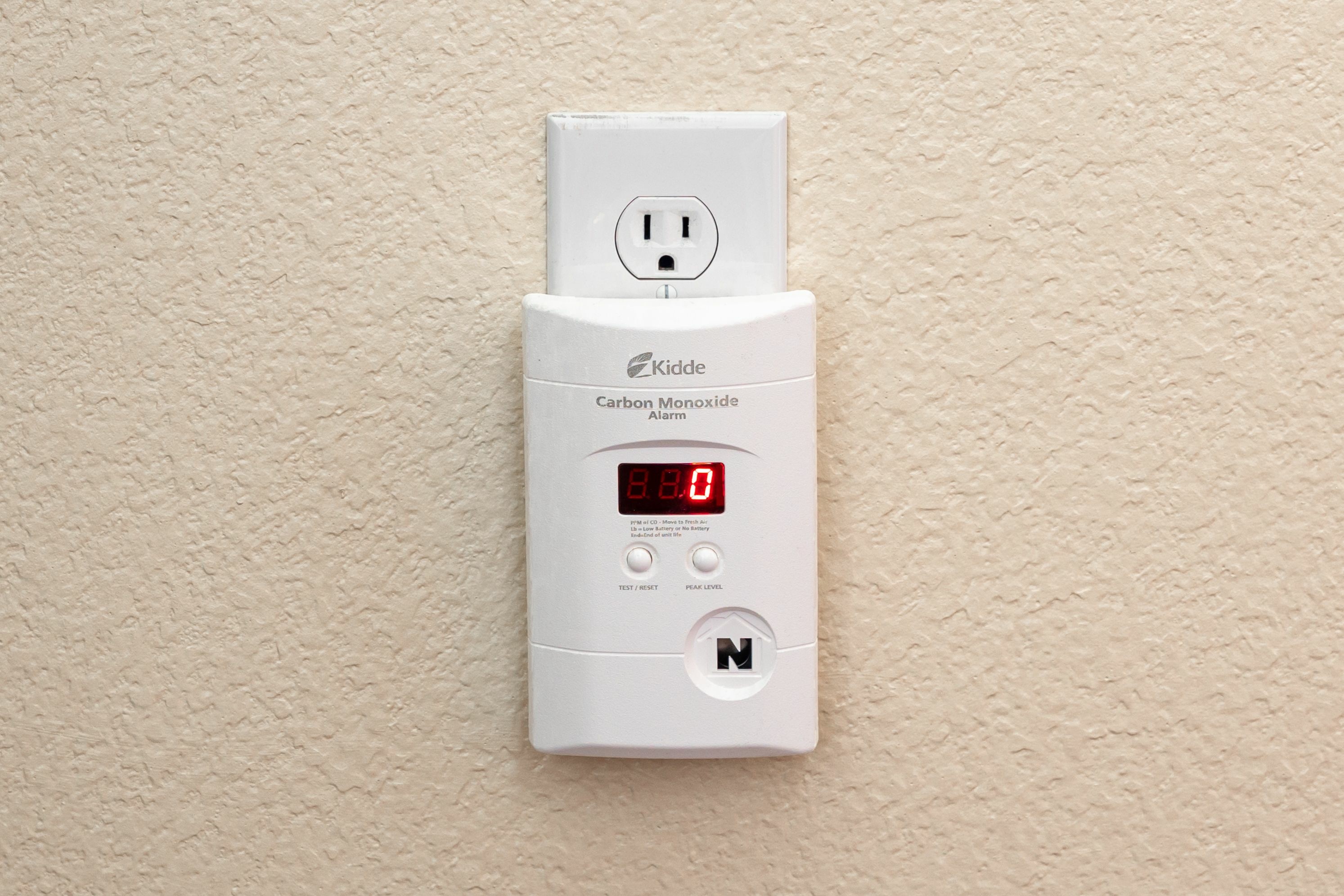
Carbon Monoxide (CO) alarms protect you from carbon monoxide poisoning. The law requires that you install CO alarm(s) in your home or apartment if you have a:
- Gas stove
- Wood stove
- Furnace
- Gas fuelled water heater
- Fire place
- Garage
| What is Carbon Monoxide? |
|
Carbon monoxide (CO) is a colourless, odorless, tasteless and deadly gas produced by burning gasoline, wood, propane, charcoal or other fuel. CO can enter your home from faulty or improperly ventilated home appliances that burn natural gas, oil, propane, wood or kerosene. If you are exposed to CO, you may experience the following health risks:
In severe cases, you may experience CO poisoning which can cause brain damage and potentially death. Severe symptoms include:
|
| Maintaining and installing Carbon Monoxide alarms |
|
Your carbon monoxide alarm should be tested regularly to make sure it is operating properly. Keep the unit clean and free of dust dirt and other debris, which could affect proper functioning. The manual will tell you how to test your alarm. You should keep common household chemicals and cleaners away from your CO alarms. Low exposure over an extended period could damage the sensing device and cause it to malfunction. It is important to install a CO alarm near sleeping areas. You should have a working CO alarm on every level of your home that contains a sleeping area. For added safety, you can add more alarms near heating sources. |
| What if my Carbon Monoxide alarm goes off? |
|
If your CO alarm goes off, follow these steps to be safe:
|
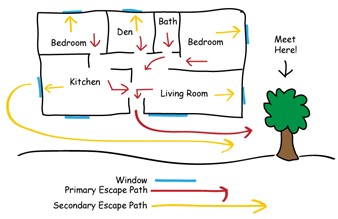
Home escape planning
During a fire, seconds matter.
You should always have a home escape plan with two exits from every room and a safe meeting place. Practice your escape plan monthly to ensure you and your loved ones know what to do in case of a fire.
Make a home fire escape plan with your family so that you know what to do in case of an emergency and how to escape a fire.
| Tips for creating a home escape plan |
|
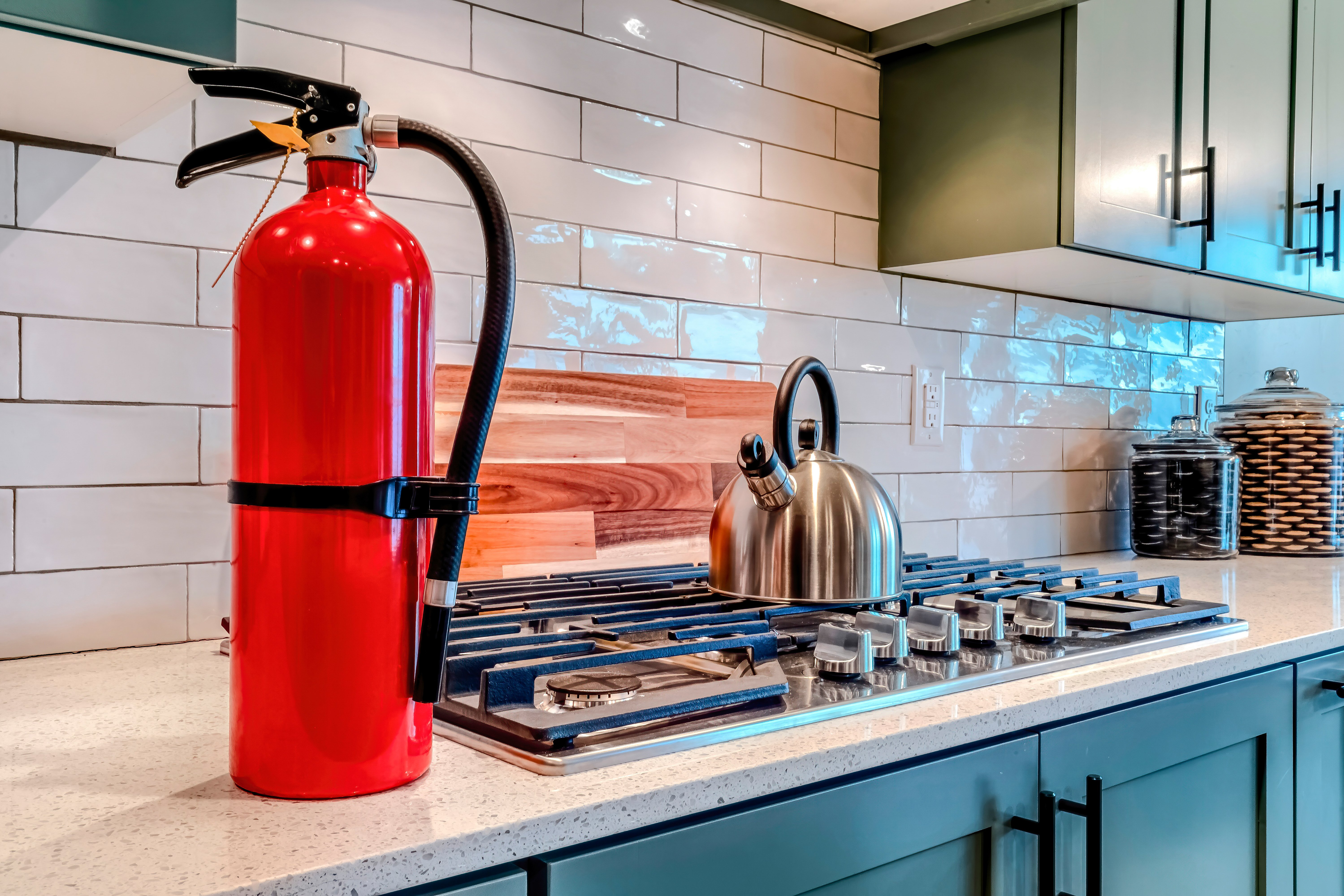
Extinguishing a fire
In some cases, you are able to use a fire extinguisher to put out a small fire in your home. Never put yourself or anyone in danger if the fire is too large or smoke becomes a hazard.
It's easy to remember how to use a fire extinguisher if you can remember the acronym PASS, which stands for
- Pull (the pin)
- Aim (the hose/nozzle)
- Squeeze (the handle)
- Sweep (use a sweeping motion to cover the flames)
If you're unsure of what to do, get everyone out of your home and call 9-1-1.
| What kind of fire extinguisher do I need in my home? |
|
A portable fire extinguisher can save lives and property by putting out a small fire or containing it until the fire department arrives. A dry chemical fire extinguisher (class ABC) is recommended in all kitchens. Because fire grows and spreads so rapidly, the number one priority is to get out safely. |
| Can I put out a fire in my home using a garden hose or bucket of water? |
|
Never attempt to put out a fire in your home, especially if it is large. By not calling 911 immediately, you will delay the fire crews' response, which then allows the fire to grow much larger and more dangerous. A fire doubles in size every 30 seconds. |
Keep hydrants clear
For your safety and the safety of your neighbours, it is important to keep hydrants clear and free of any obstructing in the event of an emergency. If there is a fire hydrant in front of or adjacent to your property, please ensure the hydrant is always kept free and clear of snow and long grass.
Fire prevention inspections
Our Prevention Inspectors can help you with personal inspections, test fire protection systems, review and help with creating fire safety plans and ensure compliance with the Ontario Fire Code.
You can contact our prevention staff and book an inspection by calling 905-853-8842.
A message from the Office of the Fire Marshal
The Office of the Fire Marshal released a video on September 28, 2022, pleading with Ontarians to check, replace, or install working smoke alarms on every level of their home and outside of all sleeping areas.
WARNING: This content may be disturbing or distressing to those dealing with trauma. This chilling audio reveals the mere seconds you have in the event of a fire. That missing sound could be the difference between life and death.
Contact Us
Our Customer Service Team is here to help!


